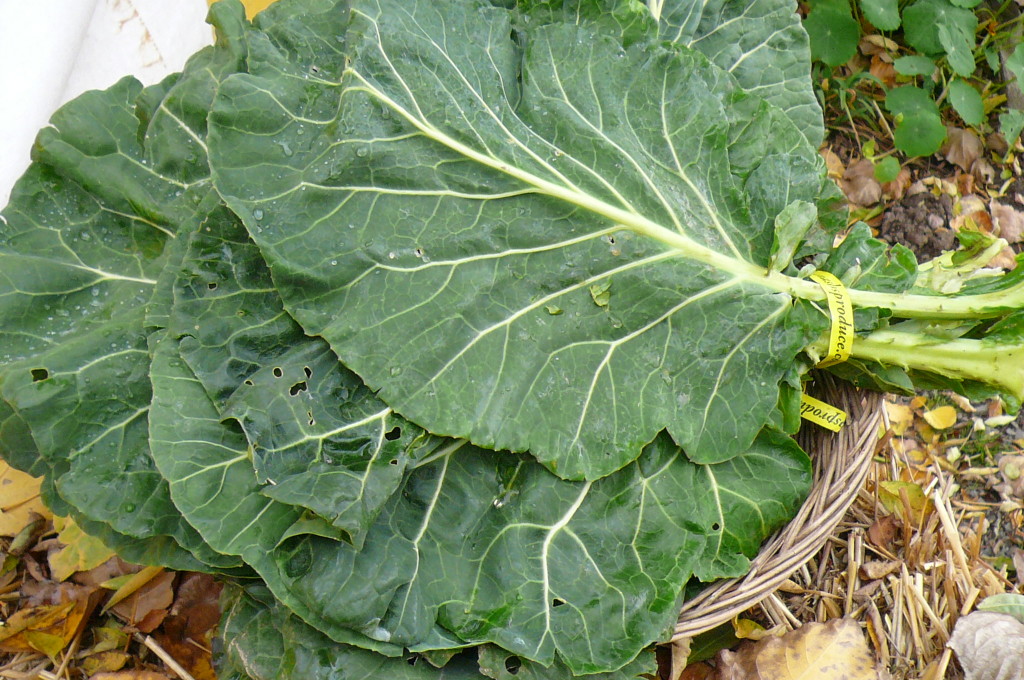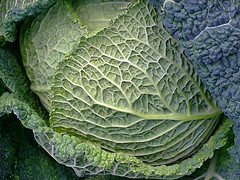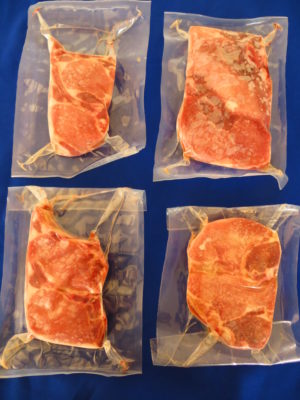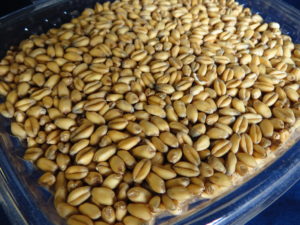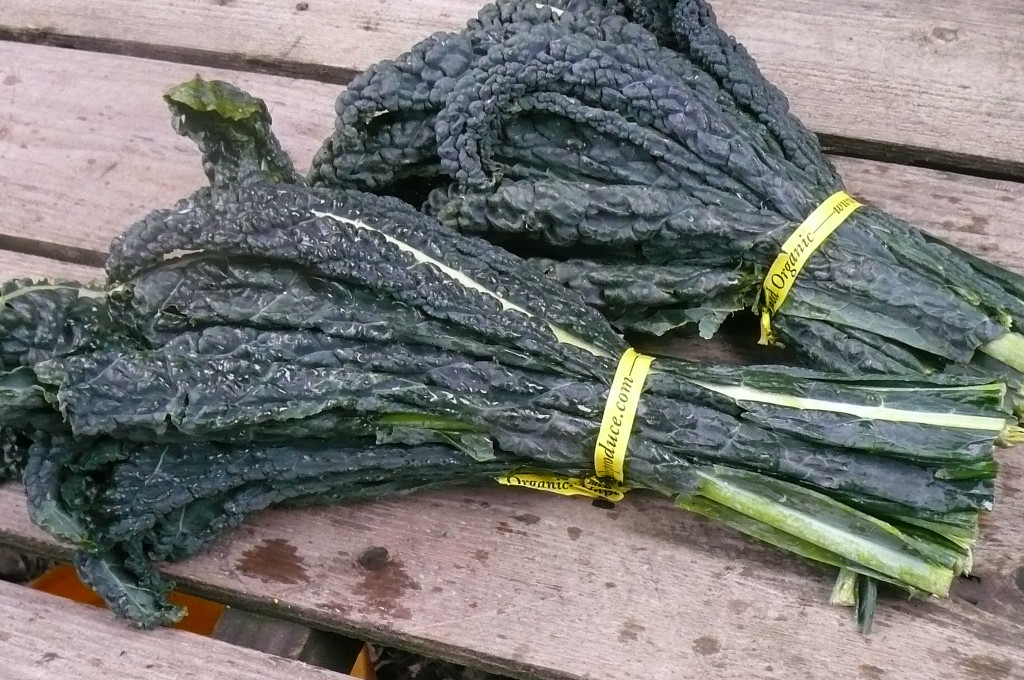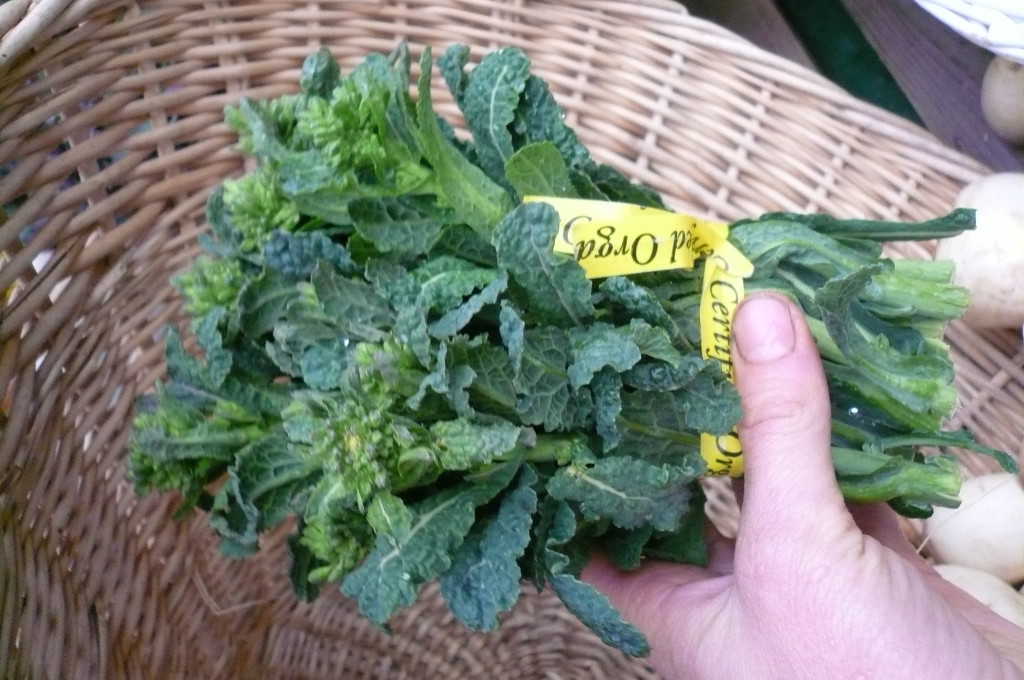
Which raab is your favorite? Try this frittata with kale raab, cabbage raab, brussels raab, arugula raab, and any other raabs that come you way, and let us know which is best in the comments below!
1 small onion, chopped
1 bunch raab, stems and florets/leaves separated and chopped
2 tablespoons fresh basil (or 1 tablespoon dried basil)
6 eggs, scrambled
3/4 cup grated cheese
Pepper to taste
Frittata sauce (see below)
Fresh tomato, chopped
With olive oil in skillet, saute onion and raab stems with basil until tender. Cover and stir occasionally. Add chopped raab leaves and florettes. Replace lid. When the saute has shrunk, add eggs and stir quickly, then press evenly in pan. Cover and turn heat down very low. Top with cheese and sprinkle with pepper. Cut with pie server when egg is cooked and serve with sauce (see below) and fresh tomato.
Frittata Sauce
1 cup yogurt
6 cloves garlic, minced fine
1/4 cup parsley
1/4 cup cream (optional)
Mix together and serve generously on frittata with fresh tomato.
Have you tried this recipe? Tell us how it turned out!

